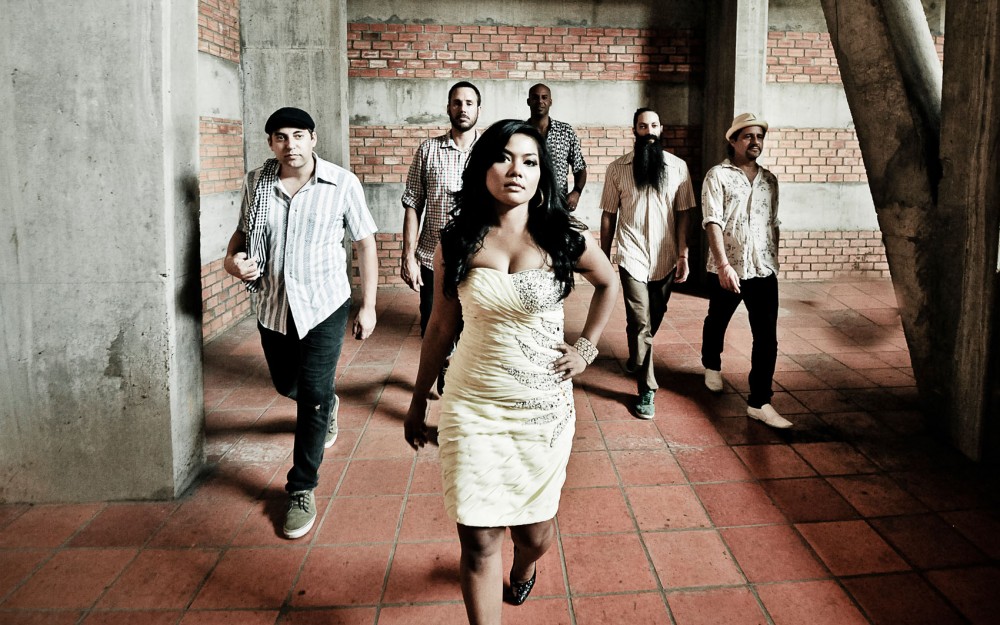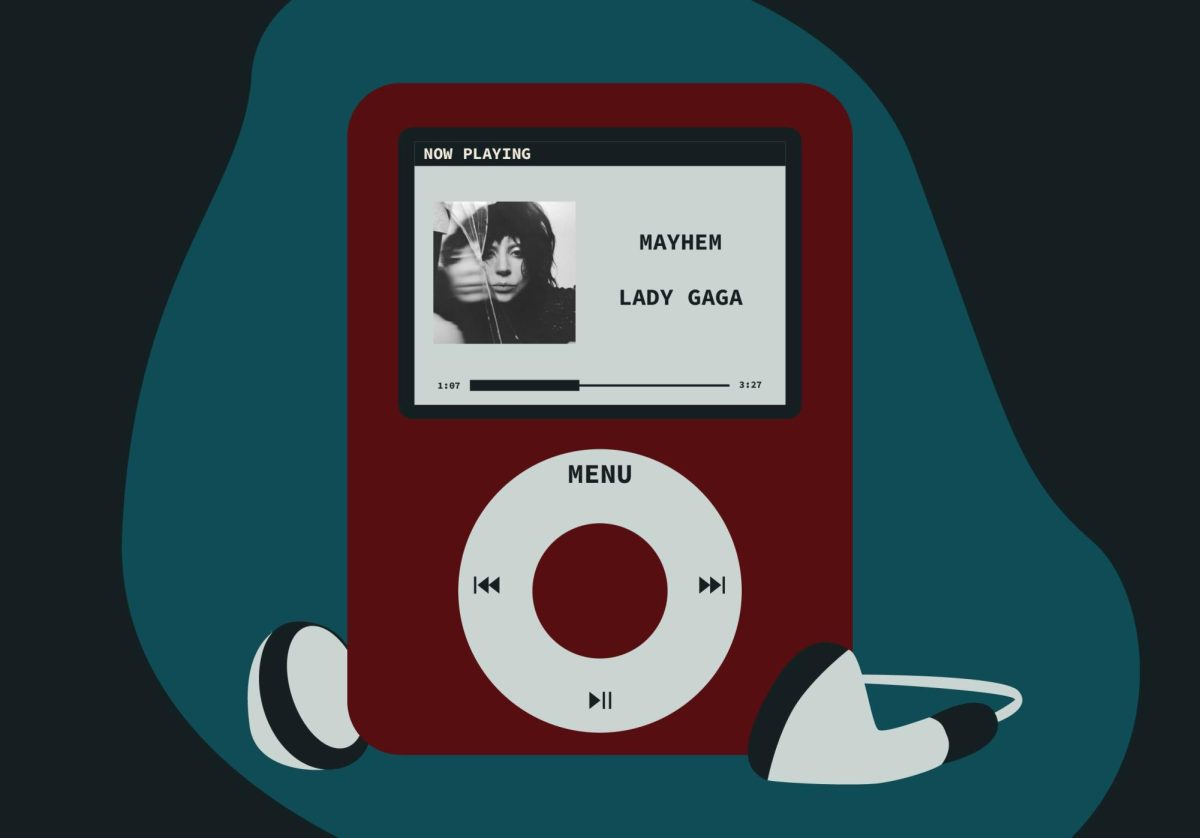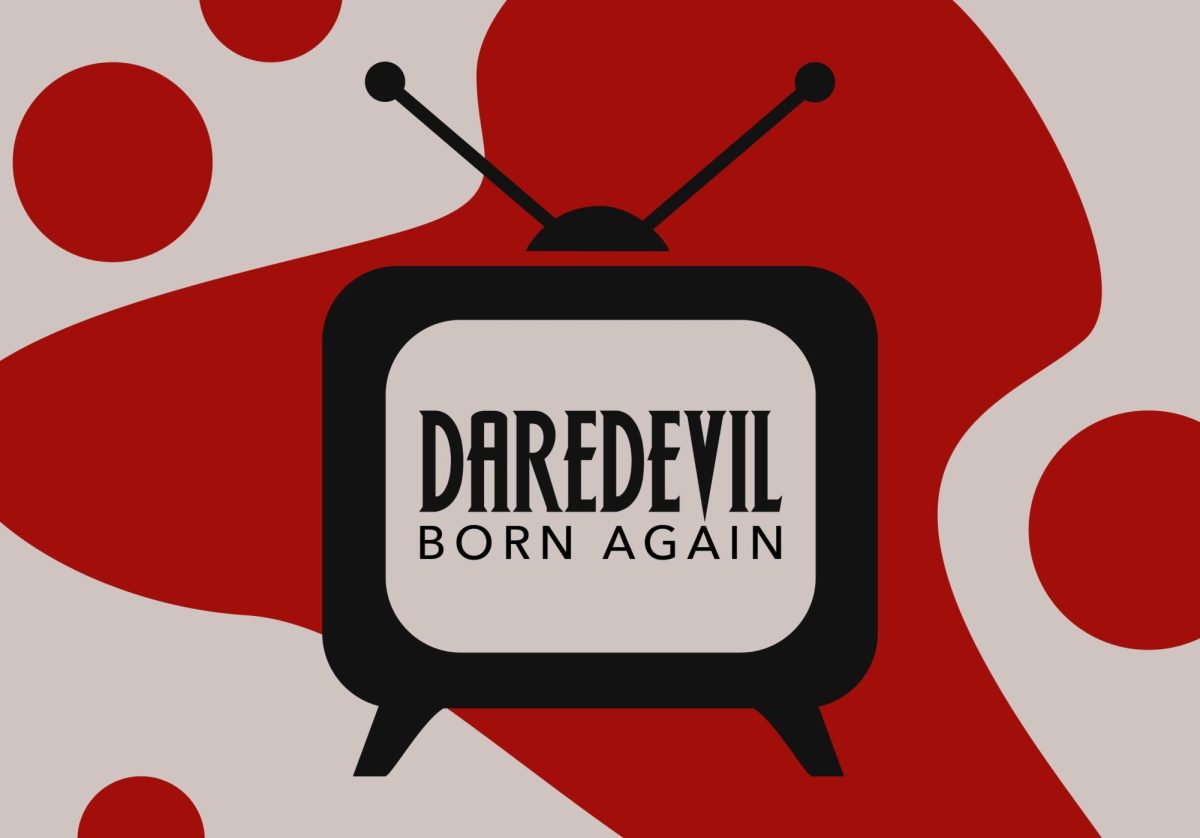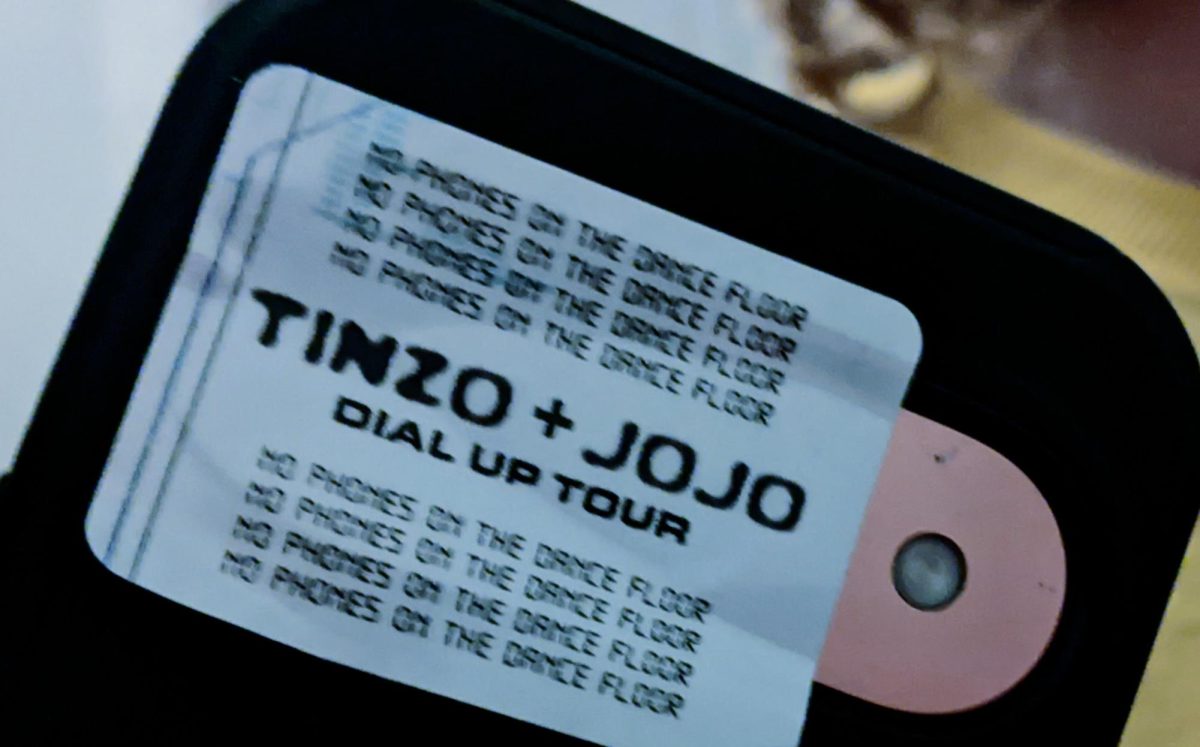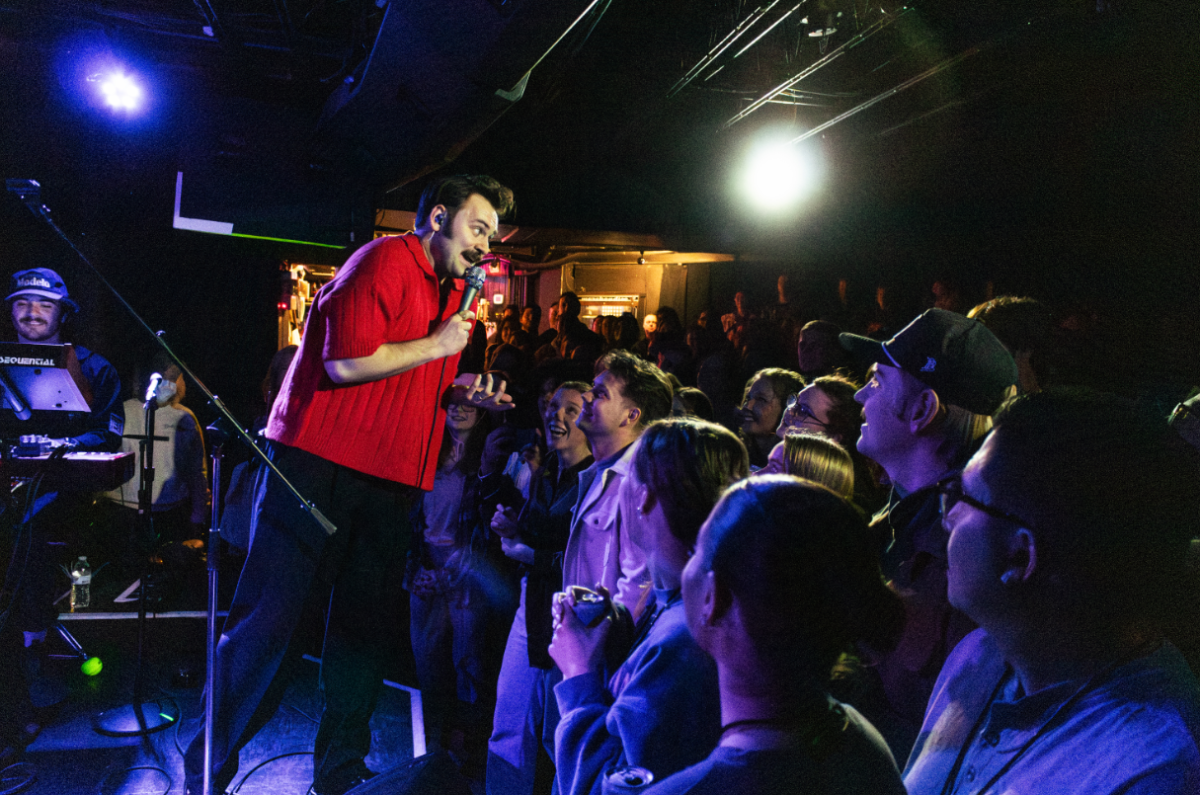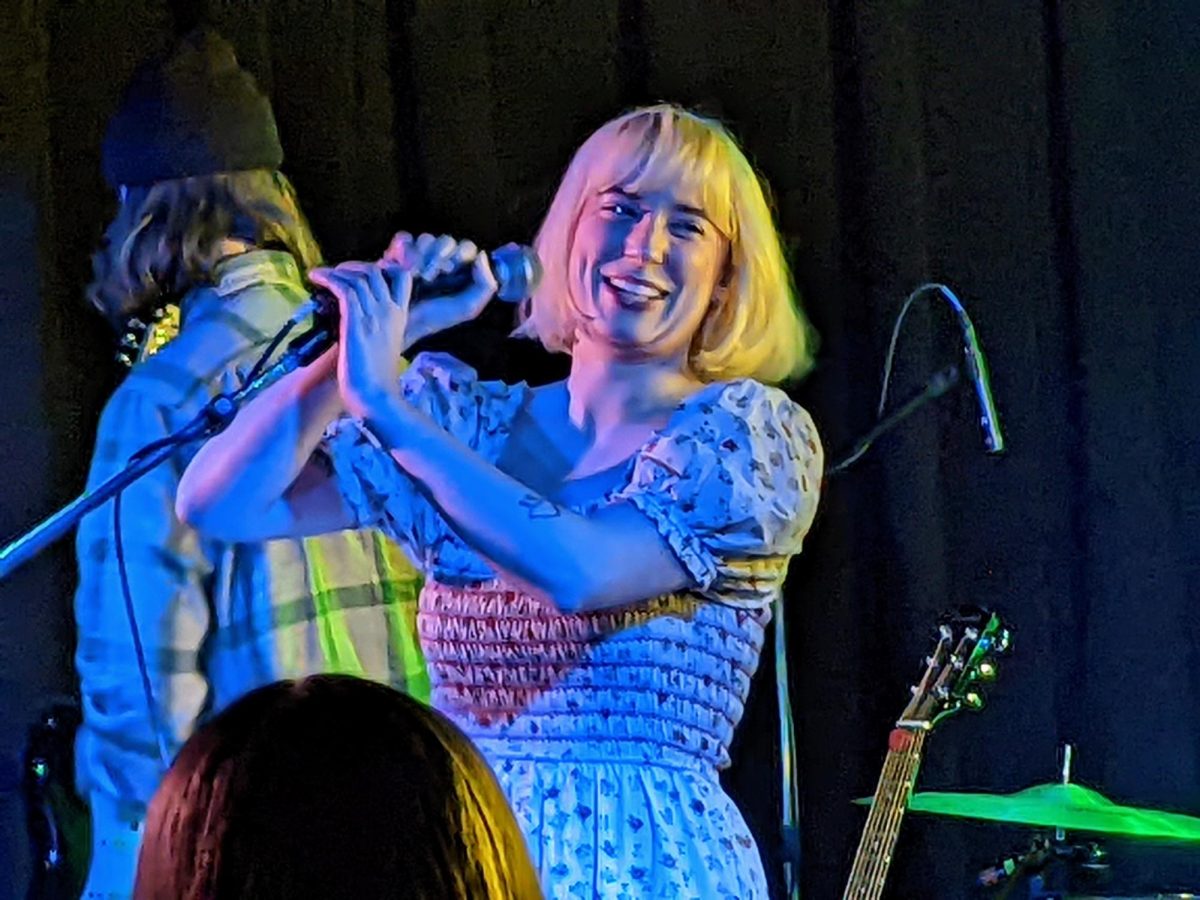A shared love of ’60s Cambodian psychedelic rock brought the members of Dengue Fever together for the first time more than a decade ago. The one-time show eventually turned into something more, and now the Cambodian-tinged indie rockers are five albums deep, reaping success across the globe.
The group’s sound mimics prolific Cambodian pop mastermind Sinn Sisamouth but blends that influence with organ in the vein of Ray Manzarek. African rhythmic and percussive influences round out Dengue Fever’s sonic palette.
Vocalist and guitarist Zac Holtzman assembled Dengue Fever for the group’s first appearance, held at famed Los Angeles club Spaceland, solely out of his and his friends’ interest in the genre. He wanted a female Cambodian vocalist to serve as the band’s anchor, and he found Chhom Nimol after sorting through a dozen contenders.
But the band’s fascination with Cambodian music and culture began before its genesis and the addition of Chhom. Bassist Senon Williams took an eye-opening trip to the country in 1995.
The Cambodian tunes of yesteryear struck Williams. When the country underwent an economic boom, bands turned their heads and their ears toward the West. They took sonic and visual cues from Jimi Hendrix, Santana and the Rolling Stones, Williams said.
“Wherever I travel, I look for music,” he said. “I’d get these compilation cassettes; some of them would be new music mixed with old music, because whoever was doing the compilations didn’t care what was on the tape — they just grabbed whatever they could.”
Relentless digging and innate curiosity helped Williams find treasures on the cassettes, which he brought home and shared with his friends.
“Every 10th song would be this groovy, ’60s-sounding music,” Williams said. “You’d listen to ‘Jumpin’ Jack Flash,’ and all of a sudden it was mixed with some crazy Cambodian melody, which is kind of similar to [Indian music].”
This overlap is due to Hinduism, where warbled chants are the de facto musical medium. Classic Cambodian pop music features high-pitched, chirpy singing throughout the canon.
Williams’ friends became enraptured with Cambodian music and culture, eventually making the trek themselves. Zac Holtzman’s brother, organist Ethan Holtzman, had a friend who contracted dengue fever from a mosquito bite on a 1997 trip to Cambodia, thus the band’s name.
Hailing from a musical family, Chhom came to the U.S. in 2000 to sing for a Cambodian New Year celebration. Chhom and two of her siblings were successful in Cambodia’s version of “American Idol,” and she was also well known as a karaoke singer back home.
When Chhom arrived, her visa was only for six months, and she planned to return to Cambodia. But after landing a gig at Long Beach’s Dragon House, where Holtzman found her, she decided to stay.
Chhom spoke minimal English when the group formed, so she sang in her native Khmer language on the first two albums. As her English language skills improved, she began singing in English, which allowed Holtzman to join vocal duties.
But lyrical, winding vocal cadences made translation difficult, so Chhom sang transcribed passages in broken Khmer.
“There are times when Nimol — when we’re driving around on tour together — [will] tell us a story about something that happened to her,” Holtzman said. “We’re like, ‘That’s a great subject for a song.’ We’ll turn it into a song, but when it’s written in English and translated into Khmer, it loses its whole syllable count. If it’s eight syllables in English, it’s about 20 in Khmer, so we have to get rid of the [extraneous] words. It becomes this sort of Cambodian haiku.”
These communication barriers haven’t prevented Dengue Fever from blossoming. They’ve gained international renown, started their own record label, TUK TUK Records, and managed to weather the past 13 years without personnel changes.
“We try to be considerate, and we get along great when we’re playing and cruising around the world,” Holtzman said. “It’s not like we’re five 22-year-old boys who are all over the spotlight.”
What: Dengue Fever
When: 7:30 p.m. Sunday
Where: Cedar Cultural Center, 416 S. Cedar Ave., Minneapolis
Cost: $15–18


